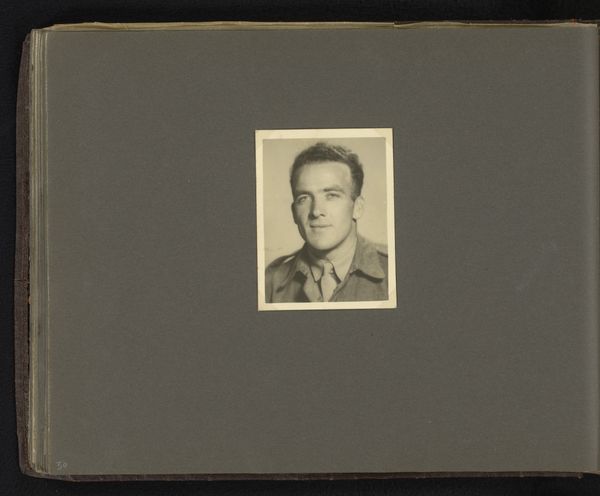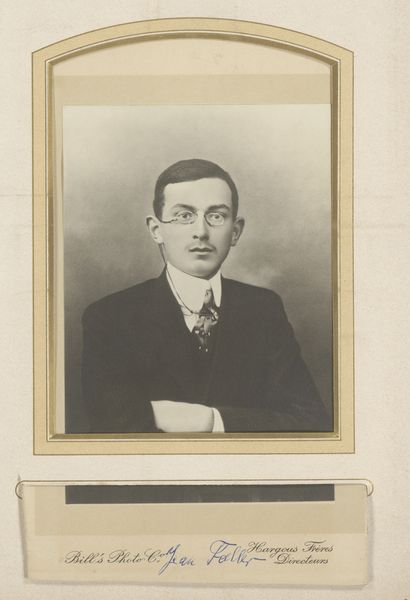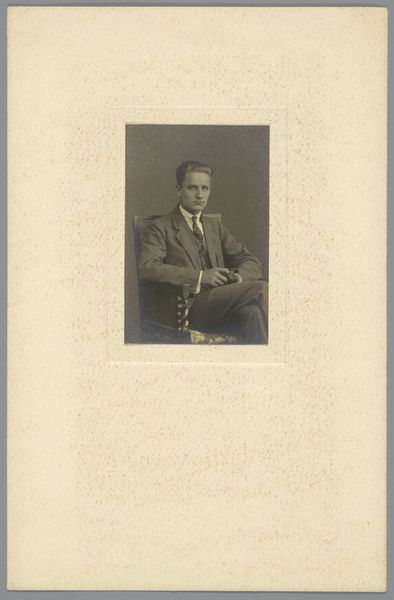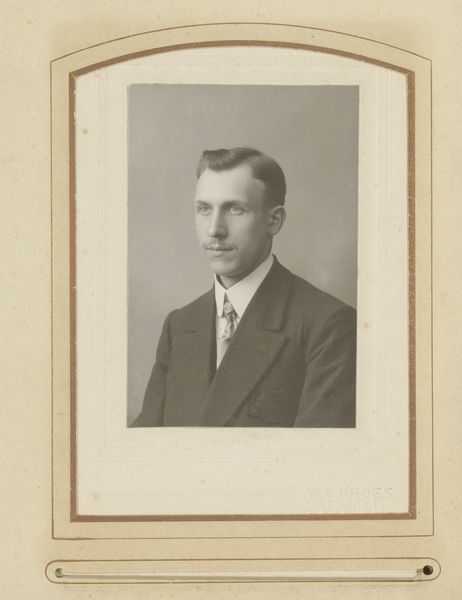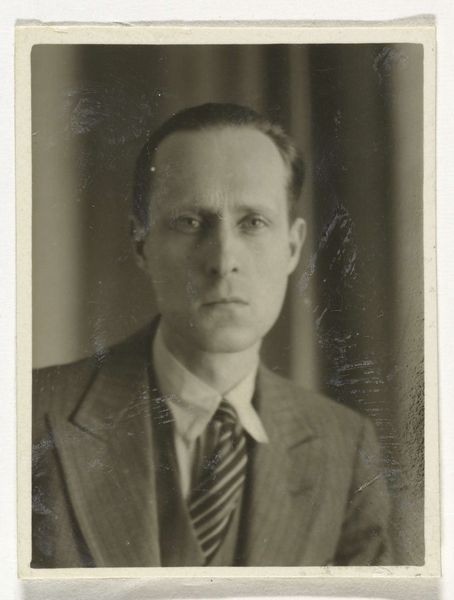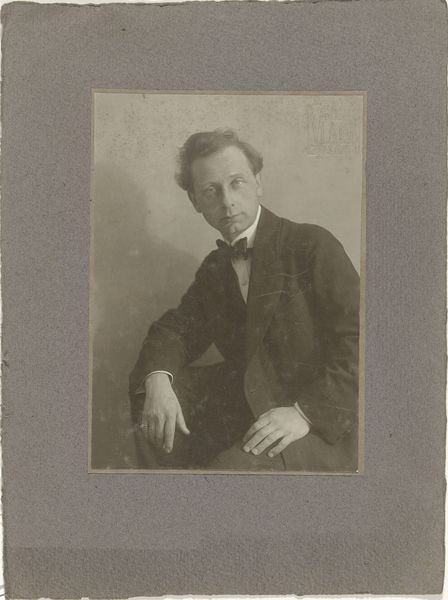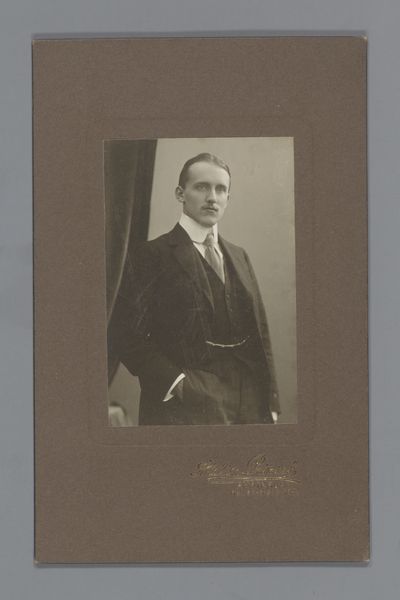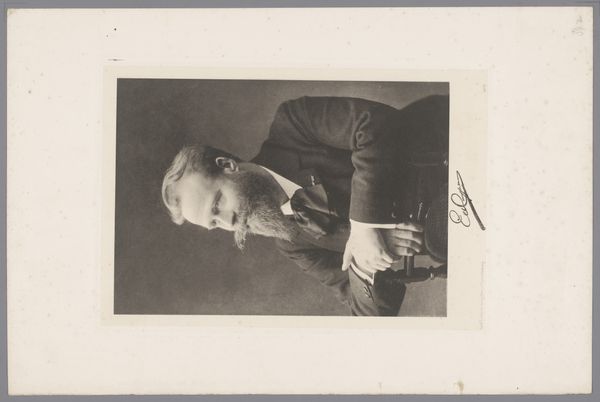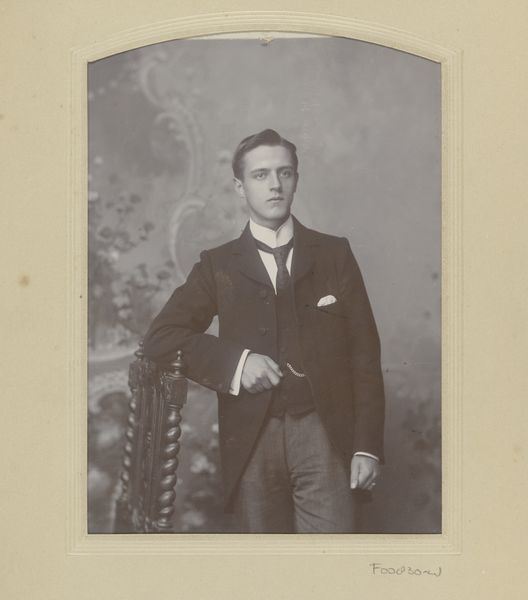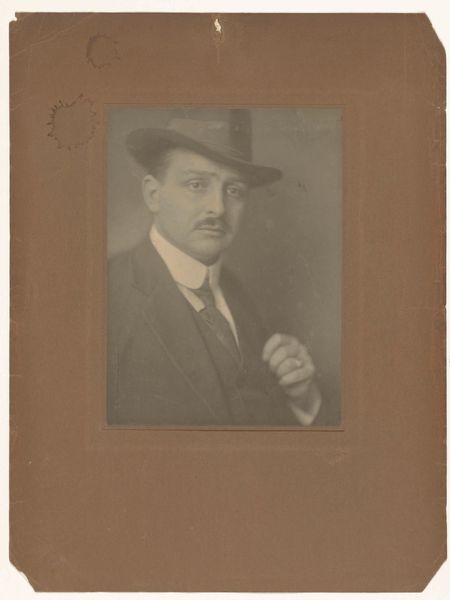
drawing, pencil, graphite
#
portrait
#
17_20th-century
#
pencil drawn
#
drawing
#
pencil sketch
#
german-expressionism
#
pencil drawing
#
pencil
#
graphite
Copyright: Public Domain
Curator: We're looking at a portrait by Hugo Erfurth entitled "Otto Schubert, Dresden," created in 1918. The piece, currently held at the Städel Museum, is a striking graphite drawing. Editor: My immediate response is the texture. I’m drawn to the materiality; the roughness of the pencil strokes against what I presume is paper creates this tension between vulnerability and composure. The weight and the weave of the paper itself must surely impact the drawing. Curator: Precisely. The stark contrasts and delicate shading demonstrate a command of tonal variation, accentuating the subject's contemplative gaze and sharply tailored suit. Semiotically, this juxtaposition speaks volumes. It's Expressionist portraiture; the external world intrudes subtly on the sitter's inner self. Editor: I wonder, too, about Erfurth’s process here, his relationship with both the sitter and the material itself. Graphite, often perceived as a preliminary medium, achieves a finished quality. The very act of mark-making conveys as much information as the subject's likeness. Consider how the production affects meaning; labor itself manifests as texture, adding layers of narrative. Curator: Undoubtedly. The restricted palette focuses attention on line and form, distilling essence. Note the structural parallels between the composition and early modernist photography. The subject's gaze directed just off-center constructs a visually active, even psychologically complex image. It pulls you in. Editor: I’m further considering what pencil as a medium signified then, culturally. Accessible and immediate. Not the luxurious brushstroke of oil or refined carve of marble. Could its democratizing quality enhance the perception of both the artist and subject? Was it considered "lesser" as material, in its time? Curator: A pertinent thought; but through its very starkness and almost severe composition, the piece attains a visual language and tension – it exists outside that hierarchy, instead commanding our complete visual focus, right? Editor: A successful marriage of labor, intent, and raw material then. Seeing how material processes influence a work and affect reception adds a deeper, more grounded layer. Curator: It makes you consider more of the artist’s language as well. Thank you for bringing that insight to light.
Comments
No comments
Be the first to comment and join the conversation on the ultimate creative platform.
